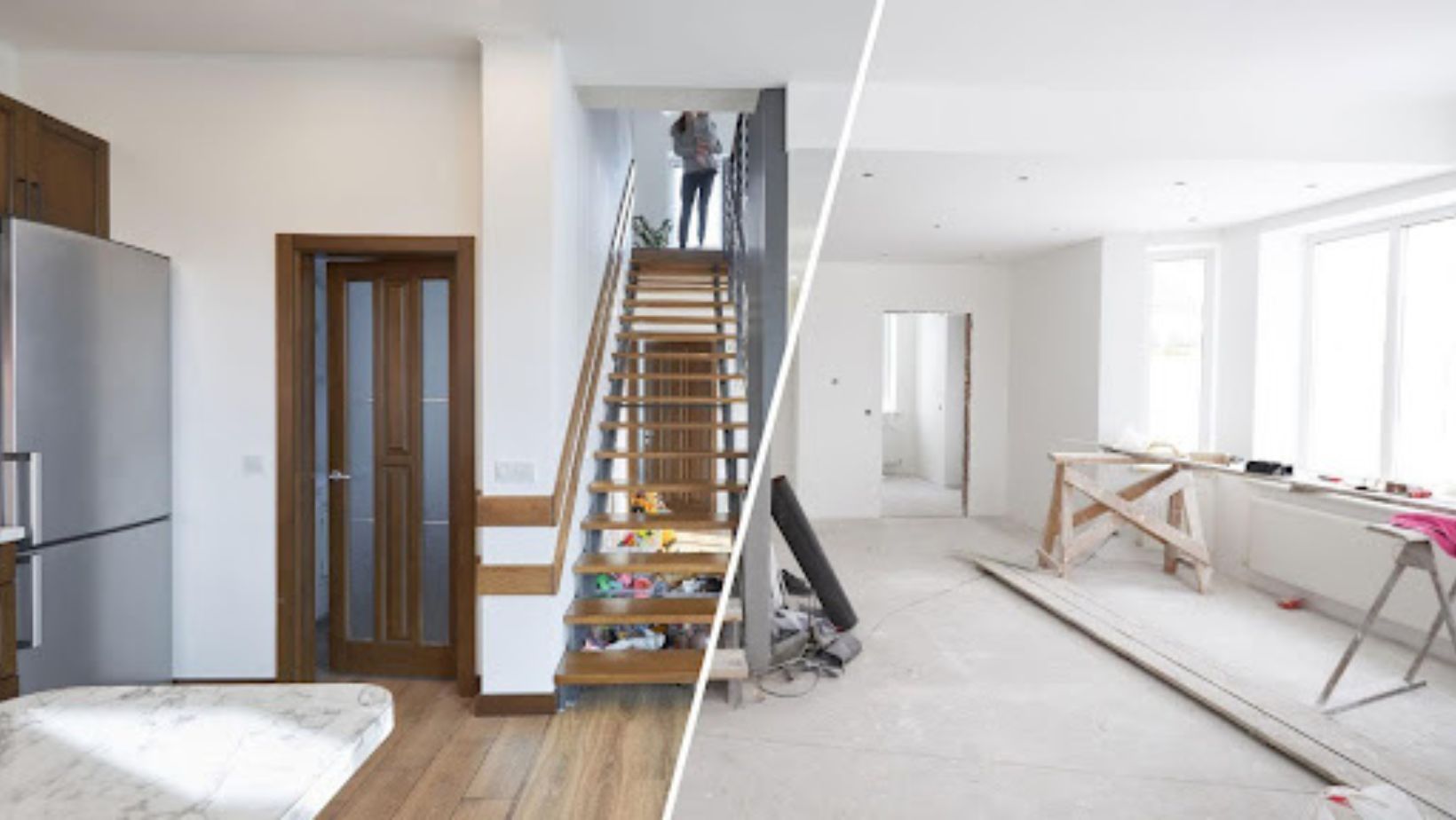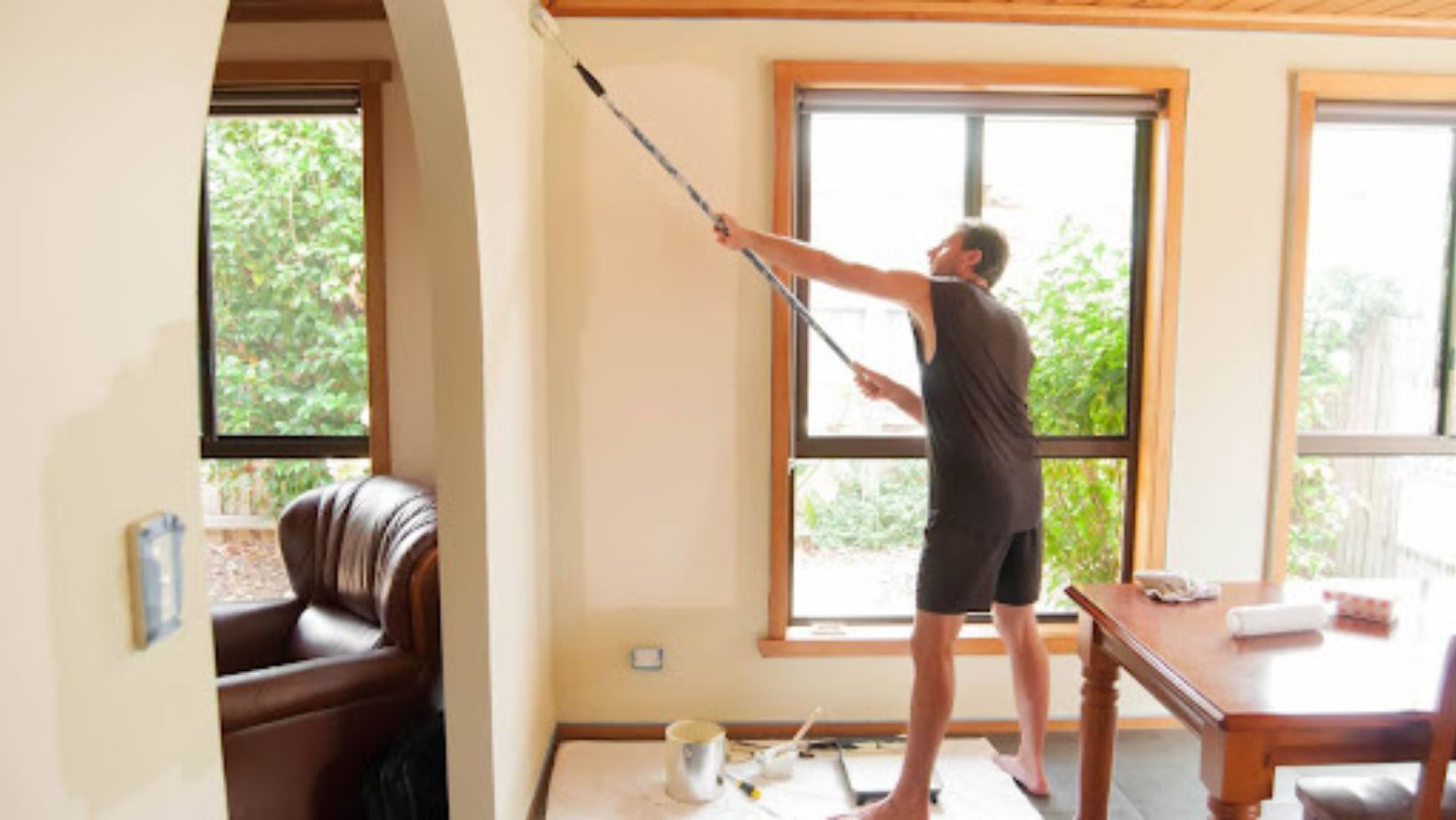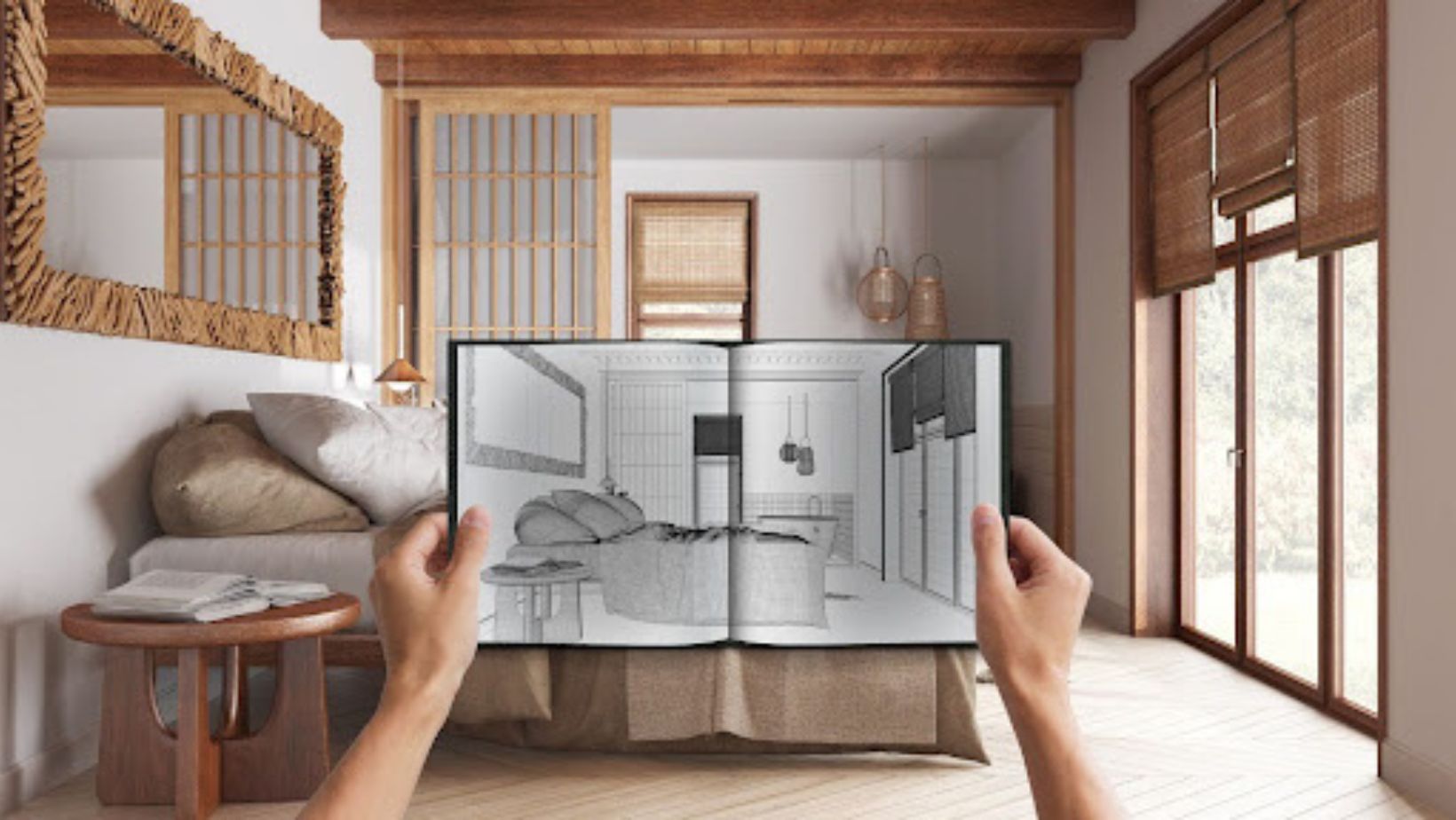
Have you ever wondered what it would be like to give your walls a new face and transform the entire area? If this idea excites you, but you’re worried about costs, you can start with something basic: paint!
Painting the inside of your house can be a fulfilling and transformative endeavor. Adding a new layer of paint can rejuvenate your living areas, making them more welcoming and unique. To guarantee the success of your interior painting project, here are some points you may find helpful:
Plan And Choose Your Colors.
Before diving into any painting project, it’s crucial to plan. Take time to choose the right colors for your space. Consider the mood you want to create, the existing decor, and how different colors will interact with the lighting in each room. Sample different shades on your walls to see how they appear during other times of the day.
Here are some paint color ideas:
- Cozy vibe: To make a room feel more comfortable, use earth tones, warm neutrals, or soft pastels. Consider deep, rich hues such as navy, charcoal gray, or burgundy if you want something dark.
- Energized space: To liven up a space, opt for vibrant colors like teal, mustard yellow, or coral and incorporate bold accent pieces such as colorful throw pillows or artwork. Adding plants and maximizing natural light can also significantly enhance the energy and brightness of the room.
- Contemporary look: For a modern vibe, you need neutral colors like gray, white, and black. Then, accentuate the space with metallic fixtures, geometric patterns, and abstract wall art to complete the look.
If you hire interior painting services, you can have them help you select the right colors for your space based on the look you want to achieve.
Gather Your Supplies
Before you start painting, having all the supplies you need is best to ensure a smooth and successful experience. Here’s a comprehensive list of tools to help you get started:

- Paint: Choose the correct type of paint, such as latex or oil-based, and the appropriate finish, such as matte, satin, or semi-gloss, for the room you’re painting.
- Primer: Use a primer if you’re painting over a dark color, new drywall, or a surface that has yet to be painted.
- Paint brushes and rollers: Different sizes and types for cutting edges and covering larger areas.
- Painter’s tape: Protect trim, windows, and other areas you don’t want to paint.
- Drop cloths or plastic sheeting: Prepare this to cover floors and furniture.
- Paint trays and liners: Get trays and liners to hold and distribute paint.
- Sandpaper or sanding sponge: Smooth out surfaces before painting using these items.
- Putty knife and spackle: Prepare these items to fill holes and cracks.
- Stir sticks: You need the right size of stirrers to mix the paint thoroughly.
- Ladder or step stool: Choose sturdy stools and ladders to reach high areas safely.
- Paint can opener: Opening a can of paint may sound simple, but not having an opener can cost you some time and extra effort. It’s better to come prepared!
- Cleaning supplies: Get clean rags, water, and mild detergent for cleaning surfaces before painting.
The above tools can help you achieve a paint job that looks professional and makes the whole process smoother and more enjoyable.
Prepare The Room
Prepare your space by safeguarding furniture and flooring. You can relocate them to other rooms or protect them from paint splatters using a drop cloth. Then, use your painter’s tape to mask off areas such as trim, windows, and any other spots you wish to avoid painting.
Before you start, your walls must be completely dry and clear of dust or debris. If there are any holes or cracks, fill them with spackle, and once they dry, sand them down to achieve a smooth surface.
Prime The Walls
It’s important to prime before painting over dark colors or new drywall. A quality primer will make sure the paint sticks well, gives a smooth finish, and makes your paint job last longer.
Start Painting
Begin by brushing around the room’s edges, painting a few inches from the corners, ceilings, and trim. Once the edges are done, use a roller to fill the larger areas.

Work on small areas at a time and follow a “W” pattern to cover everything evenly. You need at least two coats for optimal results, making sure to let each coat dry properly before applying the next one.
Inspect And Touch Up.
Inspect your work for any missed spots or imperfections after the paint has dried. Touch up these areas with a brush for a flawless finish. Carefully remove the painter’s tape before the paint fully dries to avoid peeling.
Clean up
Once your painting is complete, it’s time to clean up. Wash your brushes and rollers if you plan to reuse them, and properly dispose of any paint cans and materials. Remove drop cloths and carefully return furniture and decor to their places.
Consider Professional Help
If you’re new to DIY home projects, it’s natural to find the painting process overwhelming. But this doesn’t have to stop you from giving your place a makeover! You can hire interior painting services instead. Professional painters possess the expertise, equipment, and abilities to guarantee a top-notch outcome, ultimately saving you time and energy.
The final step is to sit back and enjoy your newly painted space. A successful interior painting project can significantly enhance the aesthetics and value of your home, making it a more pleasant place to live.
Conclusion
Here’s a guide to help you accomplish a stunning and durable interior paint job. Whether you decide to take on the task yourself or enlist the help of professionals, thorough planning and precise execution are crucial for a successful outcome. Enjoy your painting adventure!






